Nero Zimbabwe Granite
 Zimbabwe
(Mashonaland, northern Zimbabwe)
Zimbabwe
(Mashonaland, northern Zimbabwe)
Nero Zimbabwe Granite is a highly regarded natural stone that originates from the quarries of Zimbabwe, located in southern Africa. It is a popular granite variety known for its deep black color, durability, and distinctive appearance.
The primary characteristic of Nero Zimbabwe Granite is its rich and consistent black color. The stone features a dark, jet-black background that creates a bold and sophisticated look. The intense black hue is highly prized and sought after in both residential and commercial applications.
In addition to its color, Nero Zimbabwe Granite is admired for its unique texture and pattern. It often exhibits fine and consistent speckles and flecks of lighter minerals throughout the black background, creating a subtle yet striking contrast. The interplay between the black base and the lighter mineral speckles adds depth and visual interest to the stone.
Nero Zimbabwe Granite is renowned for its durability and strength. It is a dense and robust natural stone, making it suitable for a wide range of applications. Its resistance to scratches, heat, and stains ensures that it can withstand the demands of daily use, making it a popular choice for kitchen countertops, bathroom vanity tops, flooring, and wall cladding.
Beyond its functional characteristics, Nero Zimbabwe Granite also brings a touch of elegance and sophistication to any space. The deep black color and unique pattern of the stone lend a sense of luxury and timeless appeal, making it a favored choice for creating statement pieces or adding a touch of opulence to interior and exterior designs.
To maintain the beauty and longevity of Nero Zimbabwe Granite, regular cleaning and proper sealing are recommended. Cleaning with a pH-neutral cleanser and avoiding abrasive or acidic substances is important to preserve its polished finish and prevent any potential damage.
In summary, Nero Zimbabwe Granite is a striking and durable natural stone with a deep black color and subtle speckled pattern. Its versatility and timeless beauty make it a popular choice for a wide range of applications, from countertops to flooring, allowing for the creation of elegant and visually stunning spaces.

Can Nero Zimbabwe Granite be used indoors?

Is polished Nero Zimbabwe Granite garden stepping stones slippery to walk on?

What grade is Nero Zimbabwe Granite?

What is the standard height of a Nero Zimbabwe Granite balustrade?

Can Nero Zimbabwe Granite be used exterior applications in very sunny climates?

What is the average size of Nero Zimbabwe Granite headstone?

What is the physical properties of Nero Zimbabwe Granite?

Is Nero Zimbabwe Granite safe for high-traffic urban stairs?

What are the dimensions of a standard Nero Zimbabwe Granite grave marker?

What is the darkest pure black granite?

What is the coefficient of friction of Combed Nero Zimbabwe Granite tiles?

Is Nero Zimbabwe Granite good for a hotel bar top?

Can Nero Zimbabwe Granite be used in a living room?

Is Nero Zimbabwe Granite an expensive stone?

What is the difference between a Nero Zimbabwe Granite Mausoleum and a Columbarium?

Is Nero Zimbabwe Granite good for garden stepping stones?

What is a Nero Zimbabwe Granite grave marker?

How thick is Nero Zimbabwe Granite slabs?

Can Nero Zimbabwe Granite be used in wall coverings?

Are there color variations of Nero Zimbabwe Granite?

What is the average hardness of Nero Zimbabwe Granite?

What is the difference between a Nero Zimbabwe Granite railing and a balustrade?

How can I clean Nero Zimbabwe Granite gravestone markers?

How can I remove water stains from Nero Zimbabwe Granite headstones?
The request includes: 1. surface finished, size 2. quantity required






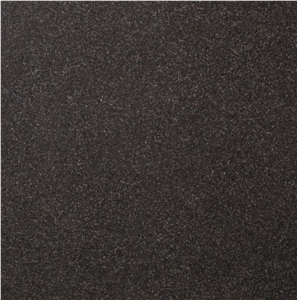
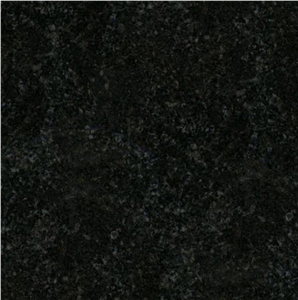

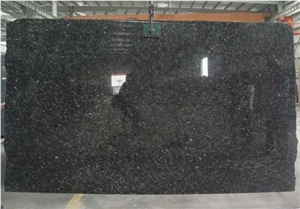
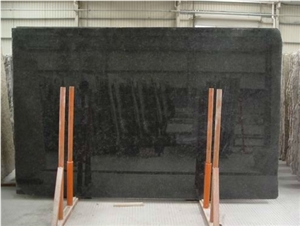
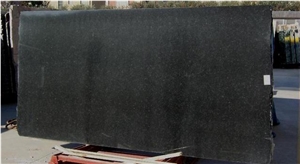
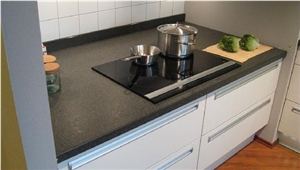
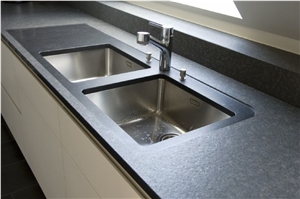
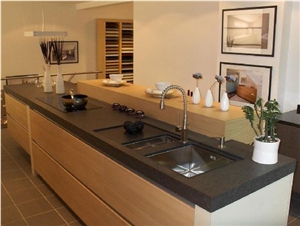
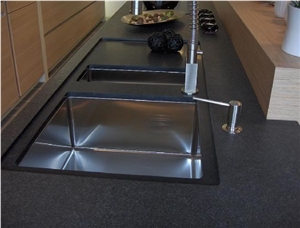
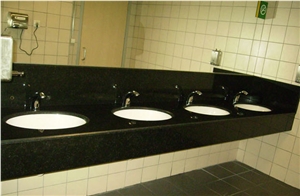
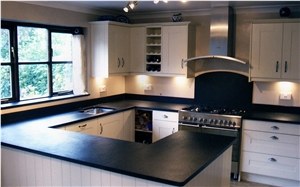

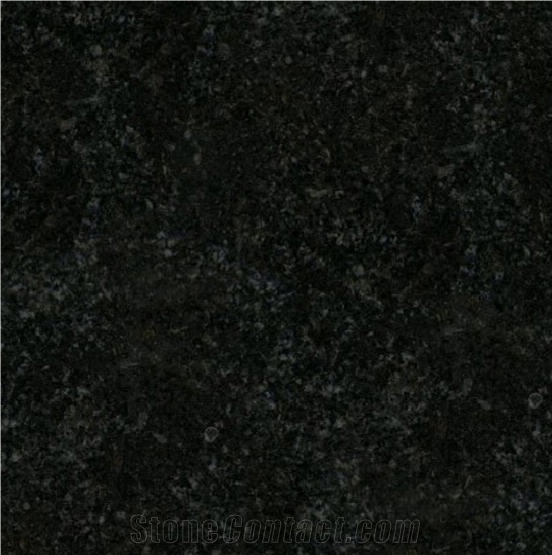
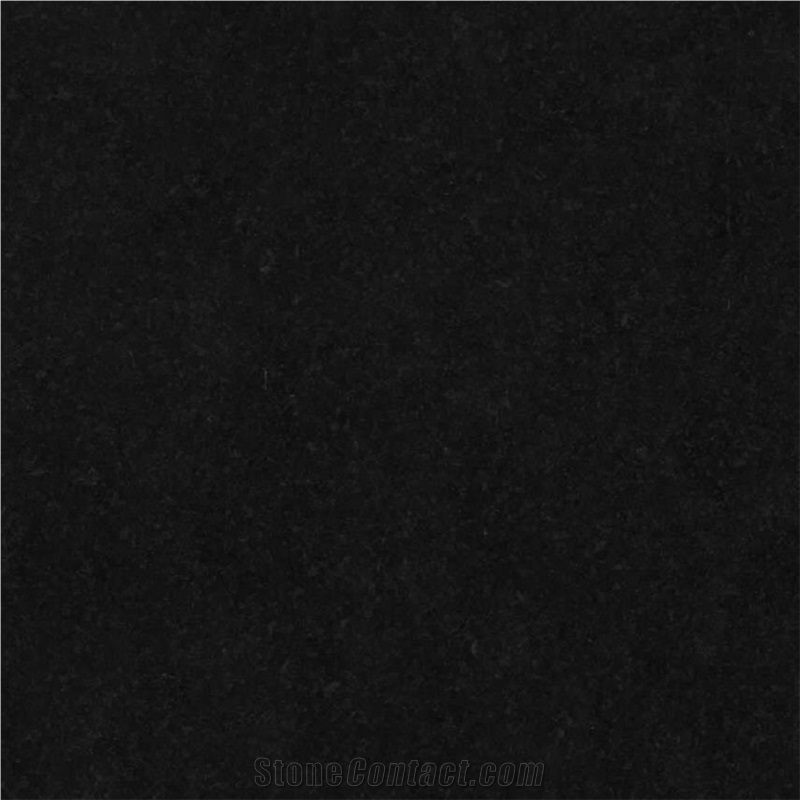
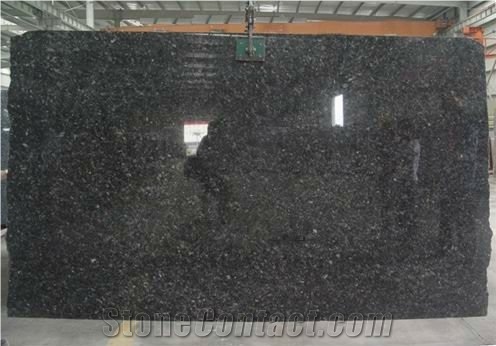
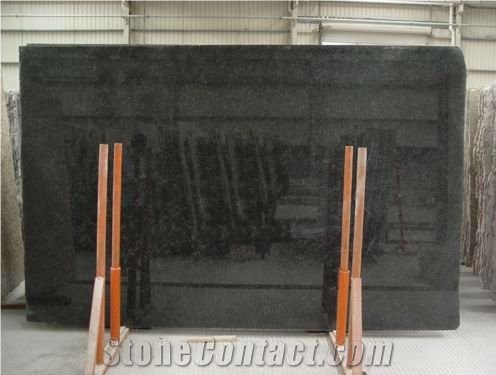
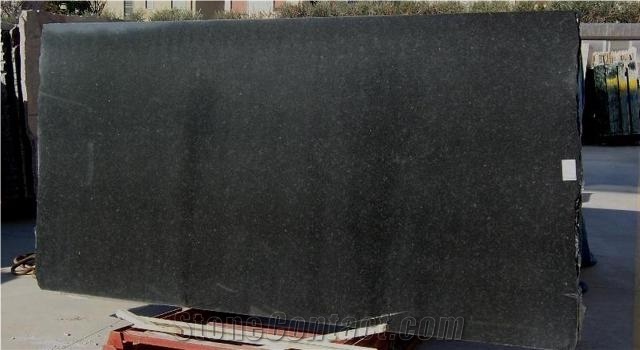
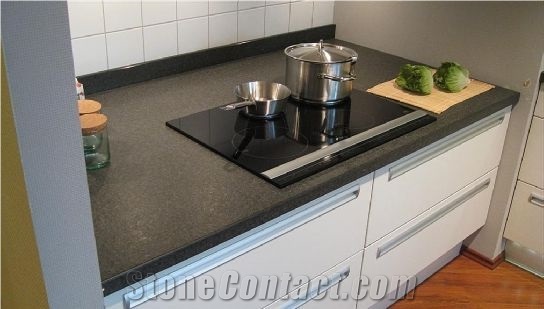
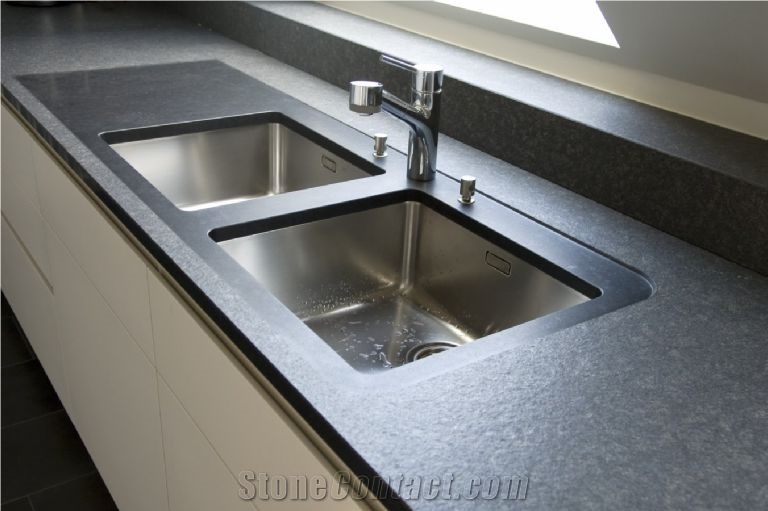
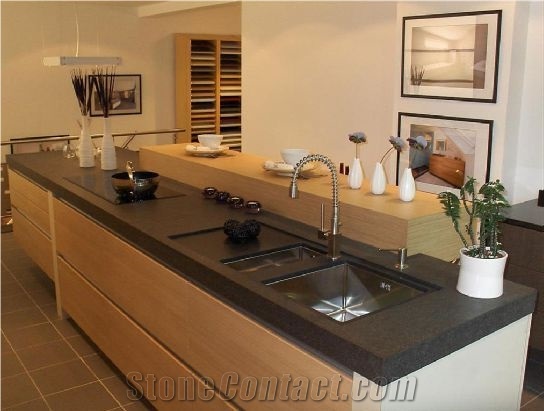
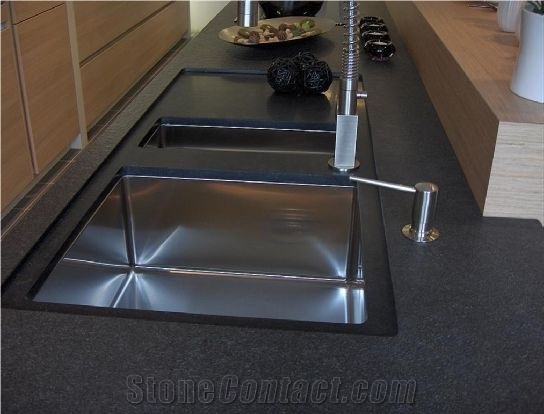
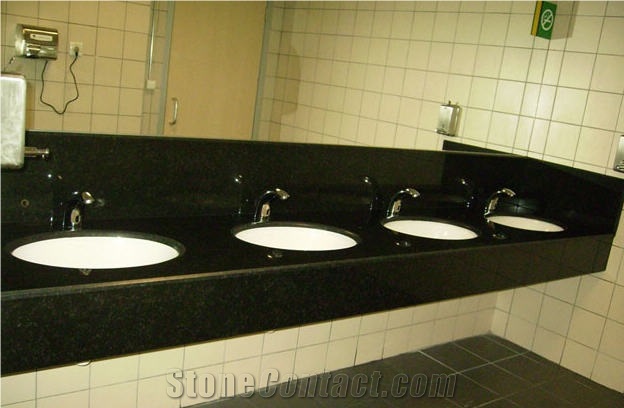
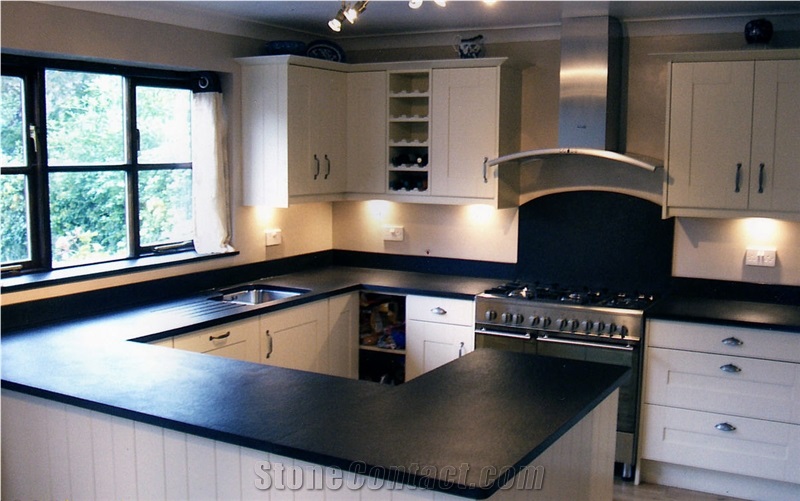

 Austria
Austria United Kingdom
United Kingdom Romania
Romania Luxembourg
Luxembourg Netherlands
Netherlands Slovenia
Slovenia United States
United States Peru
Peru Sweden
Sweden Finland
Finland Italy
Italy